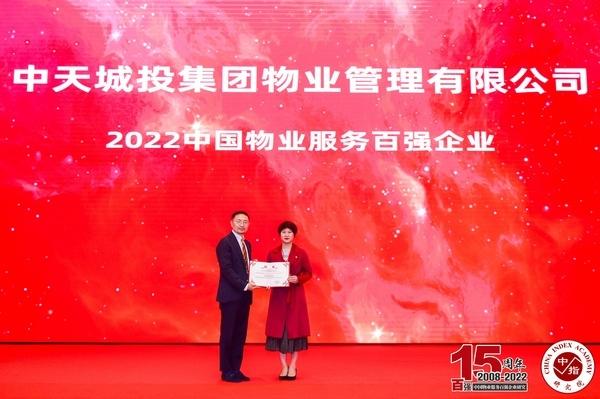
“Trachealization” of the Esophagus
- Nandy N, Rustagi T. “Trachealization” of the Esophagus. New England Journal of Medicine 2019;380:177-.
- Corresponding toNina Nandy, M.D. Tarun Rustagi, M.D.University of New Mexico Albuquerque, NM tarunrustagi06@ gmail . com

A 32-year-old man presented to the emergency department with difficulty swallowing oral secretions and the feeling that food was stuck in his throat after he ate a pizza roll. The patient reported that similar episodes had occurred previously, but in each instance the feeling resolved spontaneously, and he did not seek medical care. At the time of presentation, the patient was drooling.
男性,32岁,因食披萨卷后,吞咽口腔分泌物困难伴食物梗阻感至急诊就诊。有类似疾病史,但均自行消退,未予重视。就诊时,仍不断流口水。

Upper endoscopy revealed impacted food material (Panel A) and prominent mucosal rings extending 20 cm from the incisors to the level of the gastroesophageal junction, with two discrete areas of narrowing and associated linear furrows (Panel B). Biopsy specimens were obtained, and esophagitis was observed, with more than 40 eosinophils per high-power field (Fig. S1 in the Supplementary Appendix).
胃镜检查发现梗阻食物(图A)并且在门齿与胃食管交界水平之间存在明显的粘膜环,长20厘米,产生两个不连续的缩窄和随之产生的线性沟(图B)。活检标本观察到食管炎,每高倍视野超过40个嗜酸性粒细胞 (如上图)。
An endoscopic finding of fixed esophageal rings, or “trachealization,” is suggestive of eosinophilic esophagitis, although a definitive diagnosis is made on the basis of clinical presentation, histologic findings, and the exclusion of other causes of esophageal eosinophilia, such as proton-pump inhibitor–responsive esophageal eosinophilia.
内镜下发现的固定食管环,或“气管化”,提示嗜酸性粒细胞性食管炎,不过最终的诊断还要基于临床表现、组织学表现,并排除产生食管嗜酸性粒细胞的其他原因,如质子泵抑制反应的食管嗜酸性粒细胞。
The patient was treated with an 8-week course of omeprazole, but there was no symptom resolution or histologic improvement on repeat endoscopic biopsies, which confirmed the diagnosis of eosinophilic esophagitis. He was started on an 8-week course of both swallowed fluticasone and a six-food elimination diet (elimination of the six most commonly identified types of allergenic food — wheat, milk, soy, nuts, eggs, and seafood). No additional endoscopies were performed after completion of treatment with fluticasone and the elimination diet. At a 1-year follow-up visit, the patient reported no further symptoms of food impaction.
患者接受8周疗程的奥美拉唑治疗,但反复内镜活检未见症状缓解或组织学改善,确诊为嗜酸性食管炎。而后行8周的治疗,包括口服氟替卡松和消除六种食物的饮食调控(消除六种最常见的过敏性食物——小麦、牛奶、大豆、坚果、鸡蛋和海鲜)。在氟替卡松治疗和饮食种类控制结束后,没有再进行内镜检查。随访1年,患者未再有食物嵌塞的进一步症状。
(此文为转载)
,




